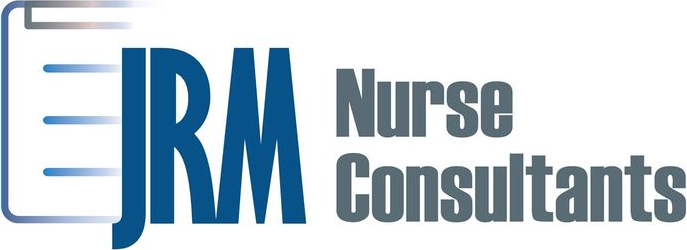By Dr. Rosie Moore, DNP, RN, LNC, LEHP, BC-FMP
“Understanding the Human Side of Injury Recovery: Real Stories, Real Struggles, Real Solutions” – Part 2 of 3
Dr. Patel’s Day
Dr. Patel glanced at her overflowing patient list. One after another, she saw patients struggling with chronic pain, complicated workers’ comp cases, and frustrated employers breathing down her neck for updates. There simply wasn’t enough time to give each person the whole care they deserved.
She wanted to do more—understand their stories, connect the dots, and help them heal completely. But the pressure of paperwork, insurance approvals, and employer demands left her exhausted and often feeling like she was just putting out fires.
The Pressure Cooker of Clinical Practice
Doctors and medical providers are caught in a high-stakes balancing act every day. They strive to:
-
Deliver quality patient care while managing mounting administrative tasks
-
Navigate the complexities of workers’ compensation regulations
-
Communicate with employers, insurers, and patients who each have different priorities
-
Keep up-to-date with evolving treatment guidelines and functional medicine advances
This tightrope walk often leaves little room to address the root causes behind pain or chronic conditions.
Caught in the Middle
Providers frequently find themselves stuck between:
-
Patients hoping for relief and understanding
-
Insurers demanding cost-effective, evidence-based treatments
-
Employers needing timely, safe return-to-work plans
Miscommunications can lead to delayed approvals, treatment gaps, and increased frustration for everyone involved.
The Gaps No One Sees
Beyond the clinical symptoms are the psychosocial factors: anxiety, fear, family stress, and workplace pressures. Without time or resources to explore these fully, patient outcomes may suffer.
This is where collaborative care models—like incorporating functional medicine and personalized case management—can bridge the gap.
Functional Medicine as a Collaborative Bridge
I partner with providers like Dr. Patel to complement their care by:
-
Offering root-cause evaluations that consider lifestyle, nutrition, and stress
-
Coordinating between medical providers, employers, and insurers
-
Supporting patients emotionally and educationally throughout recovery
-
Reducing provider administrative burden with clear communication and updates
Together, we create a smoother, more comprehensive healing experience.
Let’s Work Together
If you’re a provider facing these challenges, I’d love to discuss how my functional medicine nurse consulting can lighten your load and improve your patients’ outcomes.
Call to Action:
Let me help you create smoother recoveries and stronger outcomes—for your patients and your peace of mind.
Contact me for a collaboration conversation: jrmnurseconsultants.com



